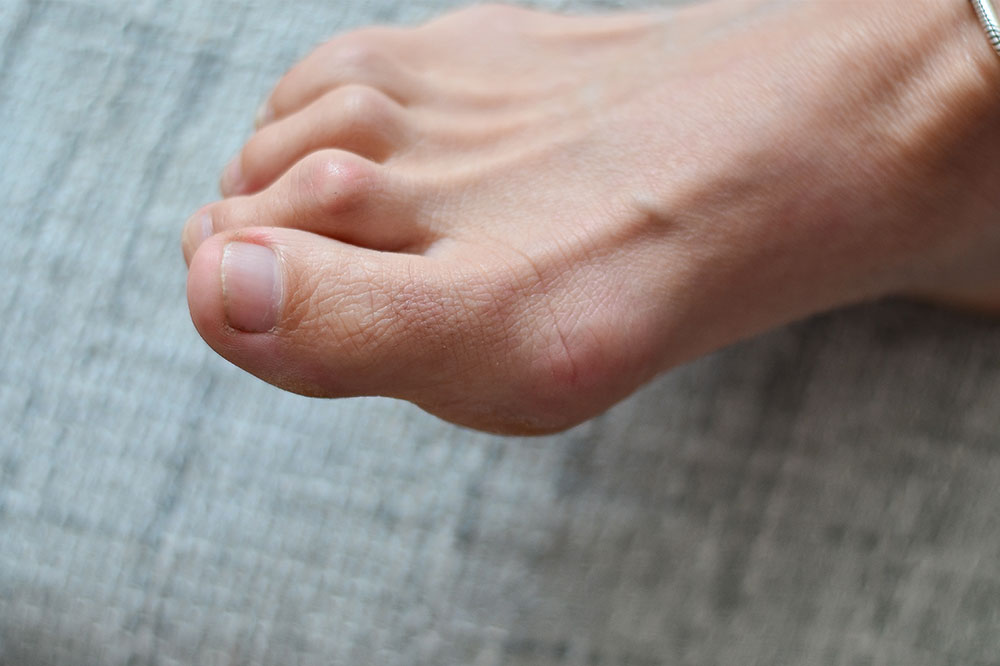
Bunion surgery – Types, cost, and more
Hallux Valgus, also known as a bunion, is a common foot deformity, and bunion surgery is performed to minimize pain and that deformity in your foot. People get affected by the enlargement of the bone or tissue around a joint at the base of the big or small toe. Such a condition arises if the toe remains stressed for a long time. Health professionals also believe the bunions may be inherited as a family trait.
Types of bunion surgery
Your doctor may prescribe several relief products to treat the bunion condition before the surgery. You can use these treatment options at home – orthotic insoles, toe stretcher, soaking your feet in Epsom salt, bunion guard, toe spacers, etc.
However, health professionals believe that one must resort to surgery if the condition deteriorates. At this point, the doctor will suggest suitable surgery procedures. Some of the most common traditional bunion surgery procedures are –
- Osteotomy – In this procedure, the surgeon will cut your big toe and ensure its realignment to a normal position.
- Exostectomy – In this procedure, the surgeon will remove the bump from the joint without performing the realignment procedure.
- Arthrodesis – This procedure involves the surgeon removing the damaged area and replacing it with metal plates and screws to ensure the alignment of your toe.
Advanced surgery option: lapiplasty
While the traditional procedures are present, you can also opt for more advanced Lapiplasty surgery to treat bunions. Based on the 3D model, this surgery is a less invasive option yielding long-term results. Through this surgery, your foot will look organically natural and restored to the correct anatomical position.
The surgeon uses specific instruments and approaches to correct the metatarsal bone in all three dimensions. The bone is aligned to its natural position through the procedure. Sometimes, titanium plates are used to hold the unstable joints in the appropriate place permanently.
Benefits of the Lapiplasty surgery
If you want to opt for lapiplasty surgery for bunion treatment, you should know its diverse benefits –
- This surgery will allow the metatarsal bone to be fixed in all three dimensions – vertically, horizontally, and rotationally.
- The surgery reduces the risk of recurring bunions after the procedure.
- Since the surgery is less invasive, the bone doesn’t require to be shortened.
- The affected areas are restored to the proper alignment.
- The toe is straightened easily.
- The surgery ensures the foundation of the newly corrected toe, etc.
Cost of bunion surgery
The average cost of this bunion surgery is between $3500 and $12000 or more. Several factors can influence this cost, and these are as follows –
- Inpatient and outpatient care – Almost all bunion surgeries occur in an outpatient setting; however, inpatient care and immediate surgeries cost more.
- The surgery procedure – Different surgery procedures can cost differently. Traditional options can cost you less than advanced surgery options.
- The severity of the bunions – If your bunions have developed complexly, you have to be ready to pay extra for the surgery procedure.
- Treatment for the conditions – Sometimes, you may have to pay extra to treat the parts that can be affected during the surgery.
- Post-operative treatment – The cost of bunion surgery can increase significantly in the form of follow-ups, prescription treatment options, etc.
The recovery after bunion surgery
You can follow these below-mentioned tips you can follow during this recovery time –
- You should wear a surgical boot or cast for the first few weeks. You must keep your foot dry to ensure a fast recovery.
- Your doctor will advise wearing a brace after removing the surgical boot. It will assist you in supporting your weight while you heal.
- It would be best to keep your foot off as much as possible. For example, you can try icing your foot and toe to ensure speedy healing and reduce swelling.
- Your foot will remain swollen for several months after the surgery. You should wear shoes with ample room to reduce your pain. Women shouldn’t wear high heels for at least six months.
While wearing appropriate shoes can prevent this condition, you can’t stop bunion surgery if the condition worsens. At this point, you should contact a medical professional immediately and seek advice. The earlier you take action, the more suitable the surgery option may be available.




